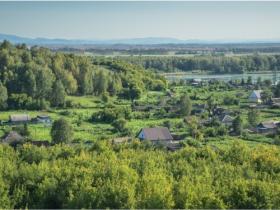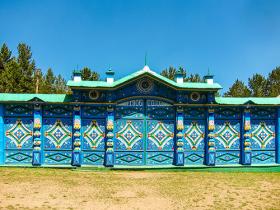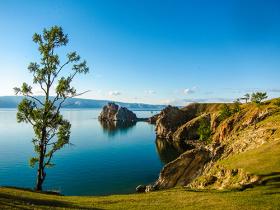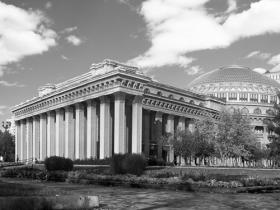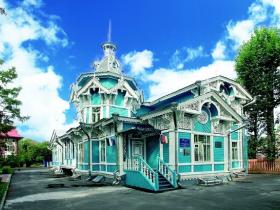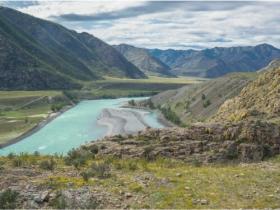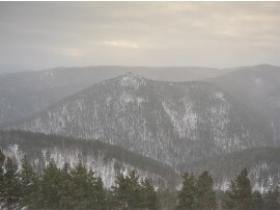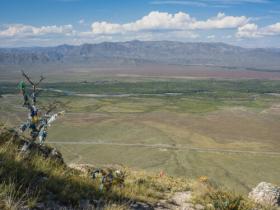Siberian
The massive Siberian Federal District makes up 30% of the whole Russian territory from the Ural mountains to the Russian Far East and from the Arctic Ocean in the north to the Kazakh Steppe in the south. Most of the region lies in lands of permafrost. It comprises 12 constituent entities: five regions, four republics and three territories. It is a common misconception that Siberia is always freezing and snowy. Although this is of course the case in winter, Siberia (except for the Far North) also experiences a short summer where temperatures can reach over +30 degrees Celcius.
Siberia has long been viewed as a harsh unforgiving land where undesirables were sent by either the Tsarist or Soviet authorities, but there are many beautiful and unique natural sights here. These include the UNESCO-protected Lake Baikal, the Lena Pillars, the Golden Mountains of Altai, the Putorana Plateau and the Uvs Nuur Basin. Other famous sights include the traditional wooden architecture of Irkutsk and Tomsk and the Buddhist temples of Buryatia, while Novosibirsk boasts the largest theatre in Russia. In 1908 the famous Tunguska meteorite landed in Siberia which led to many legends being connected with the area. Another legend of Siberia is the Yeti which is said to live in and around the Kemerovo Region.
